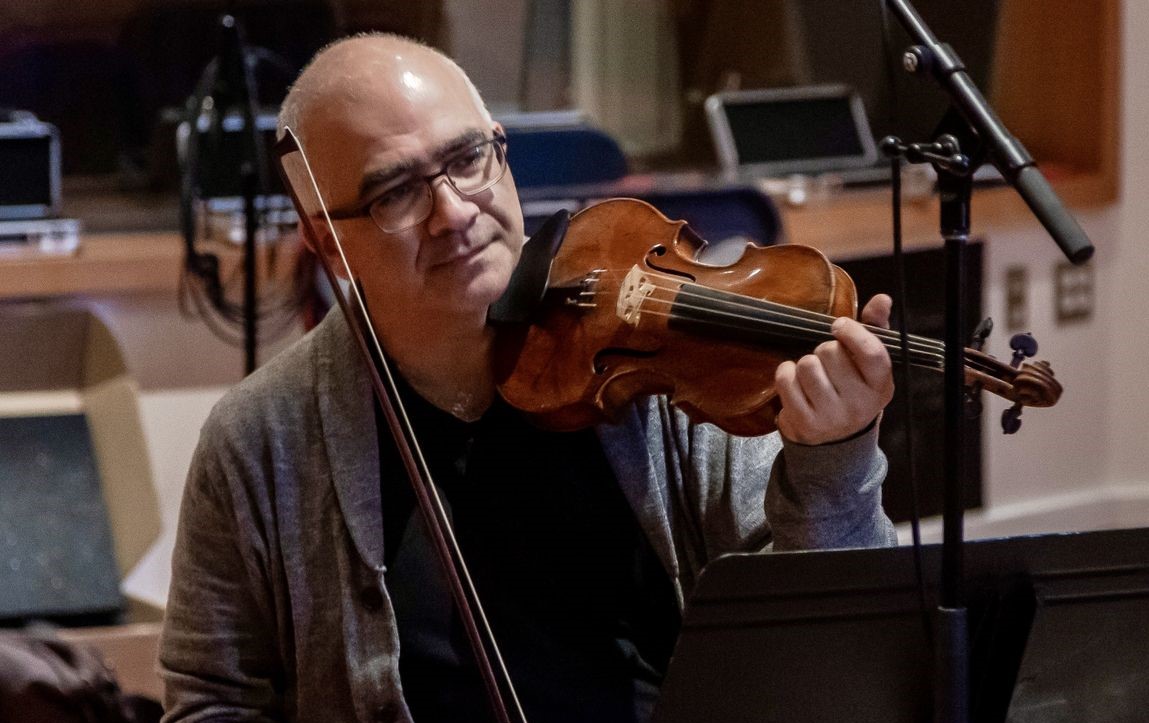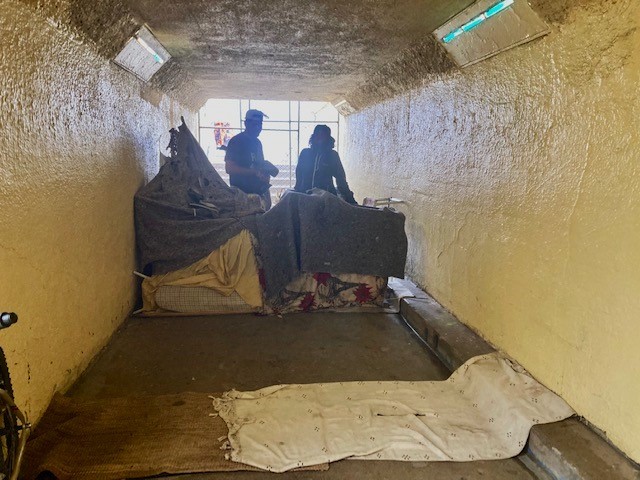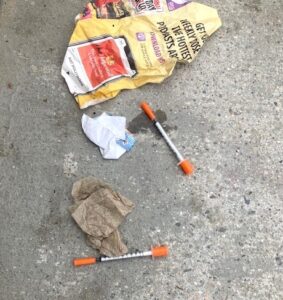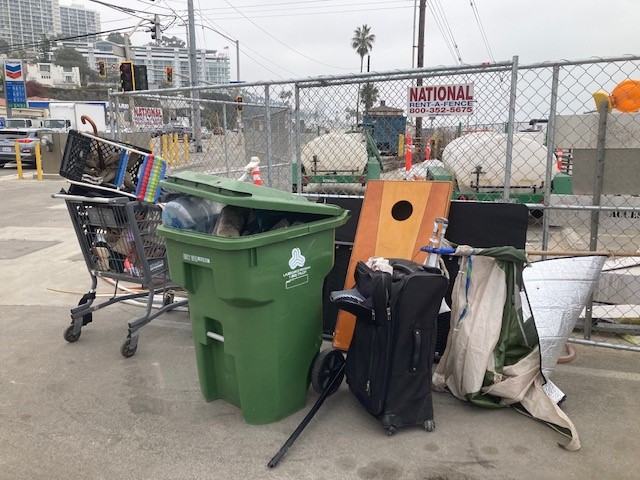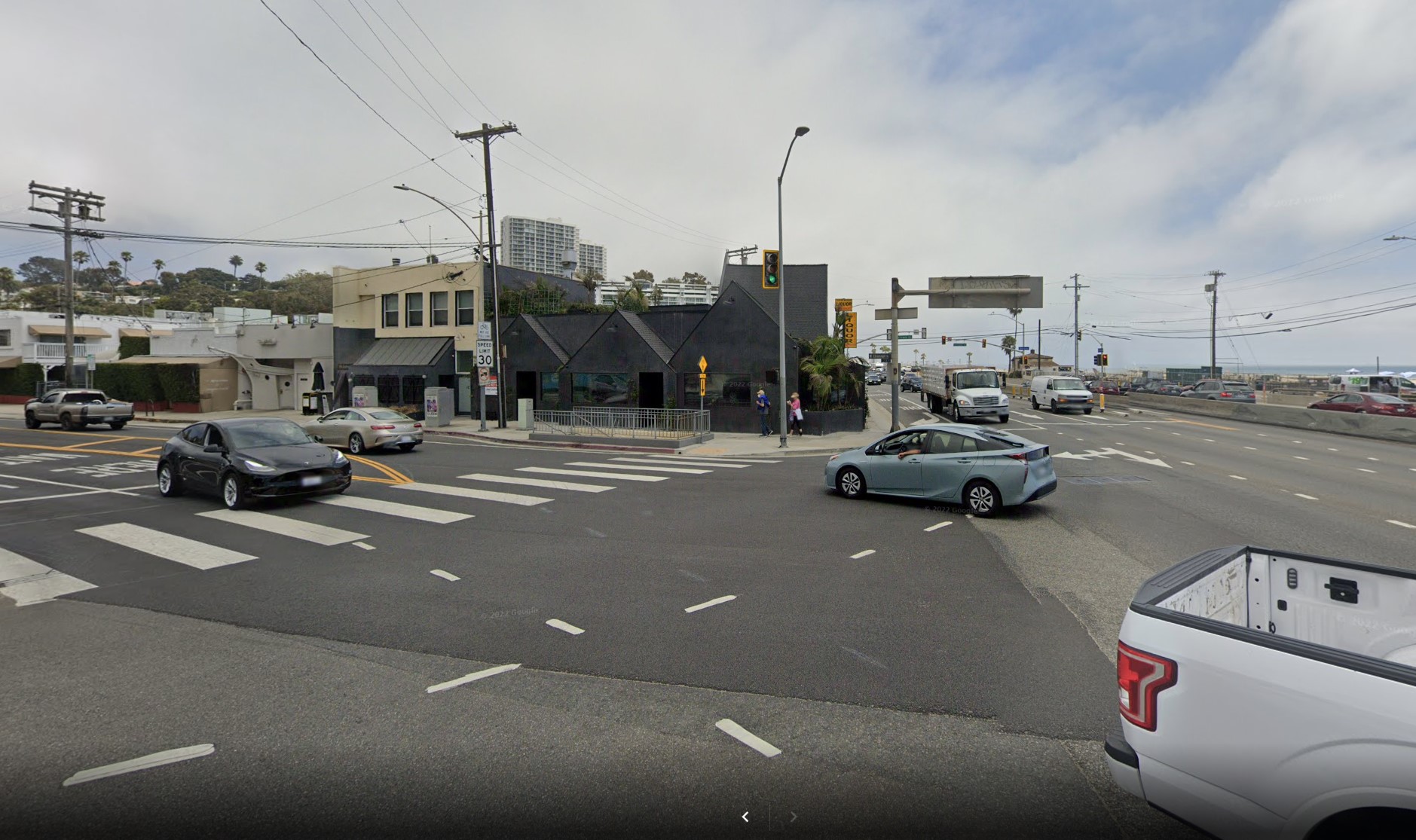
Marcus Brown Jr. scores the first of his three touchdown in the opening minutes of the game.
Photo: Craig Weston
Stadium by the Sea was packed as Palisades High School football team went into their second league game against Hamilton High School on October 7. The Dolphins defeated the Yankees 40-6.
The game wasn’t even two minutes old, when Dolphin quarterback Roman La Scala completed his second pass to Marcus Brown Jr., who ran it into the endzone. Junior Kellan Ford kicked the first of his four PATs, and the Dolphins were up 7-0.
Brown wasn’t done. A minute later, when the Yankees fumbled at their own 40-yard line on the team’s first possession, Brown picked up the football and ran in for his second touchdown.
When the Yankees turned over the ball to Pali on downs on the Hamilton 48-yard line, La Scala passed to Brown, who scored his third touchdown. Six minutes and three touchdowns by Brown, the score was 21-0.
Hamilton fumbled on its next possession, and the Dolphins’ Eric Daniels, recovered it on the 39-yard-line. Despite teamwork between LaScala and Anthony Lieberbman, which moved the ball to the red zone, a touchdown eluded the Dolphins.
Ford was called in and kicked the first of his two field goals, this one from the 20-yard line. His second came just before the half from the Hamilton 30-yard line.
The second quarter started with another fumble by the Yankees, which was recovered by Dolphin junior Jabari Williams. PaliHi worked the ball down the field with La Scala going to Christopher Washington, who had 17 carries in the game, averaging 16 yards, for the fourth touchdown. The PAT was not good.
The Yankees scored their sole touchdown in the second quarter, missing the PAT.
The next possession saw Lieberman take a 60-yard run, which placed the ball on the Hamilton 2-yard-line. In the red zone, again, the Dolphins were unable to capitalize on the field position. Lieberman had 124 hours rushing yards for this game.
The half ended 33 to 6.
Pali kicked off to start the second half and in Hamilton’s first possession there was a fumble recovered by Pali’s sophomore Joseph Bucher-Leighton. Unable to move the ball, Pali punted to the Hamilton 25-yard-line.
Brown, a 5’8″ 155 pound senior intercepted a pass on the Pali 40-yard line. But once again Pali had trouble moving the ball and punted. The third quarter ended with neither team scoring.
Pali’s final touchdown came in the fourth quarter, with a handoff from La Scala to senior Savyour Riley, who ran it in from the 10-yard line.
Riley, 5/11″ and 170 pounds, is quick and also also a strong defensive player. He was credited with four solo tackles and three assists. Junior Matthew Spoonamore had five solo tackles and one assist.
After the game Head Coach Chris Hyduke said, “It was a great win. For as young as we are, the kids are improving.”
He was also introspective and added, “It was another night of learning.”
Hyduke has a young team with a lot of juniors and sophomores starting in key positions. He said one area they would be working on, was scoring when they were in the red zone.
Overall, “We’re headed in the right direction,” he said. “I have to take my hat off to them, the defense stepped up.”
Palisades is 2-0 in League, defeating University last week 56-12. The next league game is at Fairfax, a homecoming game for the Lions. Last week Fairfax beat University 47 to 6.
Hyduke was asked about the upcoming game. “If we go in and play our game, we’re going to win,” he said, but admitted that the team’s inexperience and youth is a constant challenge. “We need to corral these young kids and if we can keep them focused, we’ll be okay.”
The Dolphins return to Stadium by the Sea on October 21 against Westchester. They wrap up their season against Venice at home on October 28. Overall, the team is 5-2 and 2-0 in league.

Junior Braydon Sanford catches a pass thrown by junior quarterback Roman La Scala.
Photo: Craig Weston

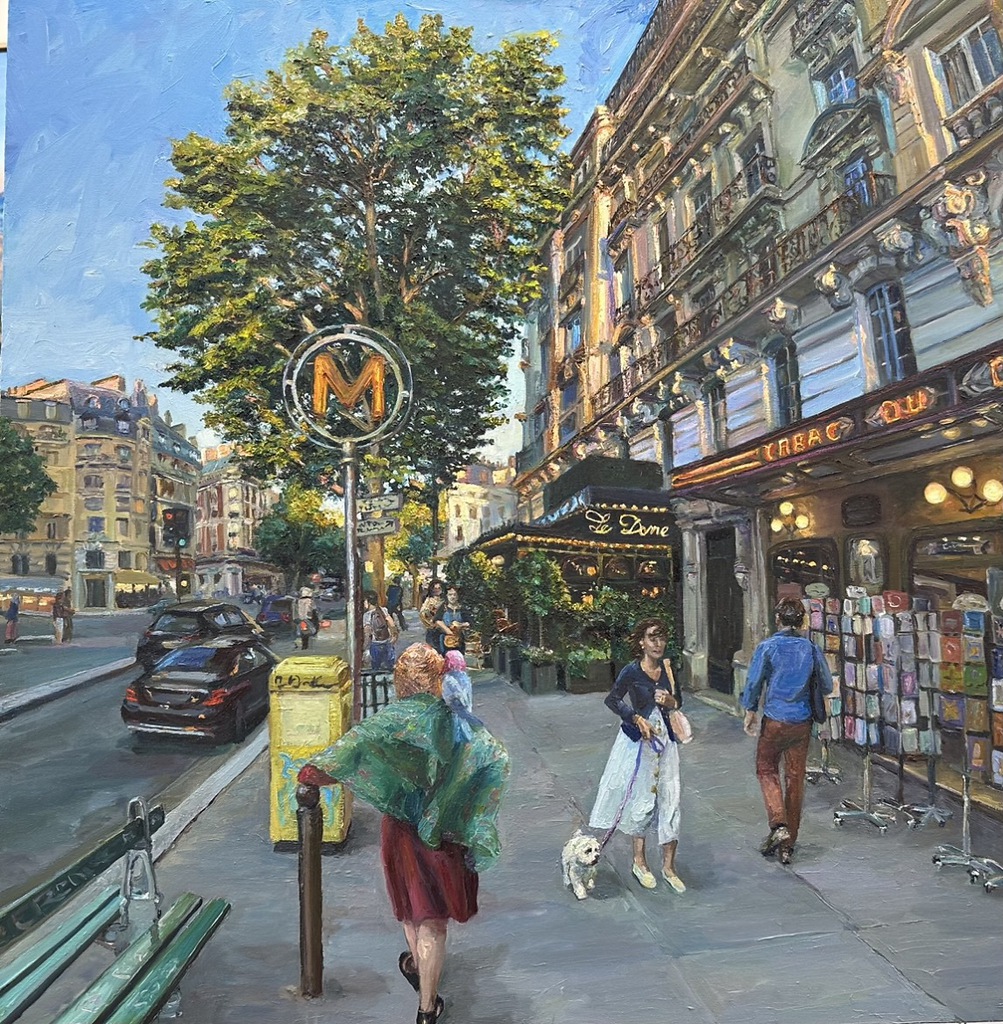


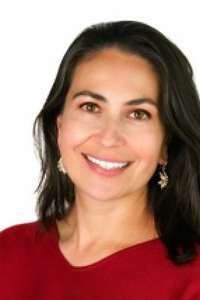
 (Editor’s note: CTN wrote October 3 musings about a new law passed that would allow human composting. Forget the casket, forget the urn – Governor Gavin Newsom signed the bill to allow human composting, aka “natural organic reduction.” Composting is a better option proponents say, because burial can allow chemicals to leak in the soil and cremation requires the burning of fossil fuels and releases carbon dioxide.
(Editor’s note: CTN wrote October 3 musings about a new law passed that would allow human composting. Forget the casket, forget the urn – Governor Gavin Newsom signed the bill to allow human composting, aka “natural organic reduction.” Composting is a better option proponents say, because burial can allow chemicals to leak in the soil and cremation requires the burning of fossil fuels and releases carbon dioxide.
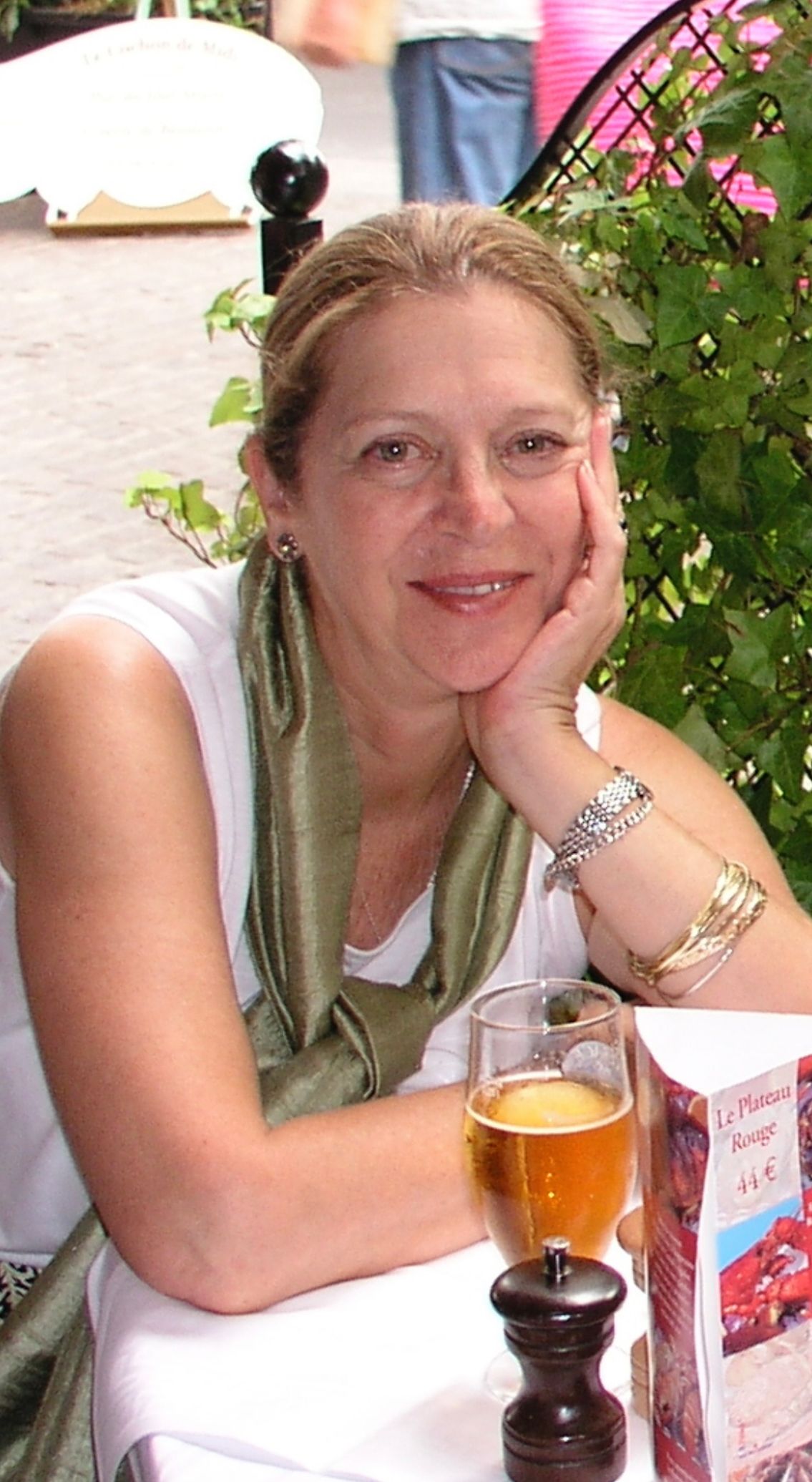 Mary J. Rapoport was born in New York City to Sylvia and Joseph Feder on October 19, 1941. She passed away on September 18, with her family at her side.
Mary J. Rapoport was born in New York City to Sylvia and Joseph Feder on October 19, 1941. She passed away on September 18, with her family at her side.